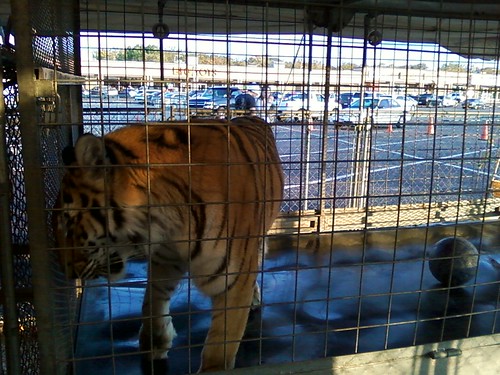Hair pulling in various forms features heavily in the works of ancient literature and also in later English literature too. In the next series of blog posts I will cover some of these references to pulling hair and attempt to comment on how hair pulling is depicted, the situations in which it occurs and what this possibly reveals to us about human nature.
Since the Bible is a text at the very heart of Western culture it is fascinating to extract instances of hair pulling from it, considering that hair pulling is a behavior that is largely unrecognised in modern society.
In fact, biblical references to hair are not hard to find. In the King James Bible there exist eighty references to hair - both in relation to animals and humans. (There are also 11 separate references to locks of hair.) However, there is only a single primary reference to actual body directed hair pulling itself, and this appears in the Book of Ezra, 9:3-7:
When I heard this news, I rent my robe and mantle, and tore my hair and my beard, and I sat dumbfounded; and all who went in fear of the words of God of Israel rallied to me because of the offence of these exiles. I sat there dumbfounded till the evening sacrifice.
Then at the evening sacrifice, I rose from my humiliation and, in my rent robe and mantle, I knelt down and spread out my hands to the Lord my God and said, ‘O my God, I am humiliated, I am ashamed to lift my face to thee, my God; for we are sunk in our iniquities, and our guilt is so great that it reaches high heaven.
Then at the evening sacrifice, I rose from my humiliation and, in my rent robe and mantle, I knelt down and spread out my hands to the Lord my God and said, ‘O my God, I am humiliated, I am ashamed to lift my face to thee, my God; for we are sunk in our iniquities, and our guilt is so great that it reaches high heaven.
The background to this odd behaviour, which entails tearing his clothes and his hair, is when Ezra (a very devout man) learns that people returning to Israel have not kept themselves sexually apart from non-jews during their time in exile. Fearing the wrath of God for breaking His covenant Ezra has some kind of fit that involves yanking out his hair and this is then followed by some kind of trance state or unconsciousness. The episode seems to be brought on by an extreme internal conflict whereby the God fearing man suddenly feels contaminated by the sins of his people. The sudden manic tearing of his clothes, and the self-directed pulling out of his head hair and facial hair would on one level appear to be an attempt to rid himself of contamination, to pick off or groom away unwanted particles adhering to his body. And yet we know that what ails him is not physical contamination but a sense of a tainted spirit. From this, Ezra's sense of true helplessness is conveyed by (a) using a contaminated part (his hand) to attempt to clean the whole (body) and (b) using a misapplied physical grooming strategy to achieve spiritual cleanliness. In other words, not only is Ezra’s hair pulling an inappropriate method to achieve a spiritual effect but it is also symptomatic of a state of mind in which no adaptive solution can be found the problem he faces.
The emergence of grooming behaviour during this internal conflict is perhaps revealing. The Bible is not a work that exemplifies psychological realism but in Ezra's case the hair pulling seems to produce a beneficial effect or neuro-chemical change. It precedes a state of calmness, which is inkeeping with the notion that endorphins have been released into the blood stream as a direct result of inflicting pain on himself. Interestingly too, the people around him express no surprise or alarm towards his hair pulling and impute no case of demonic possession to him; hair pulling would seem to be within the normal realm of their common experience of human social behaviour. Following the incident no further reference is made to Ezra’s hair pulling episode. Perhaps it marks the continuation of a habitual behaviour that has persisted for years.
Rather than viewing his manic episode as a moment of divine interaction between a holy prophet and his God, viewed psychologically it may instead reveal an organism caught in two minds, or two states. On one hand he yearns to feel righteous and holy but on the other he knows that he shares the sins of his people in the eyes of his God. The co-existence of these two incompatibles in the same moment therefore negate each other and produce a third alternative state - hair and beard pulling. In this respect Ezra's case possibly supports the theory that trichotillomania is a stereotypical displacement behaviour.



